
Disease characteristics

reason
- Low mobility and lack of sufficient physical activity;
- Disruption of metabolic processes;
- Salt deposits, especially in the neck area;
- Unbalanced diet;
- Improper body posture when working at a computer, driving a car, or performing other static activities.
Classification of clinical manifestations
Nerve root syndrome or cervical radiculitis
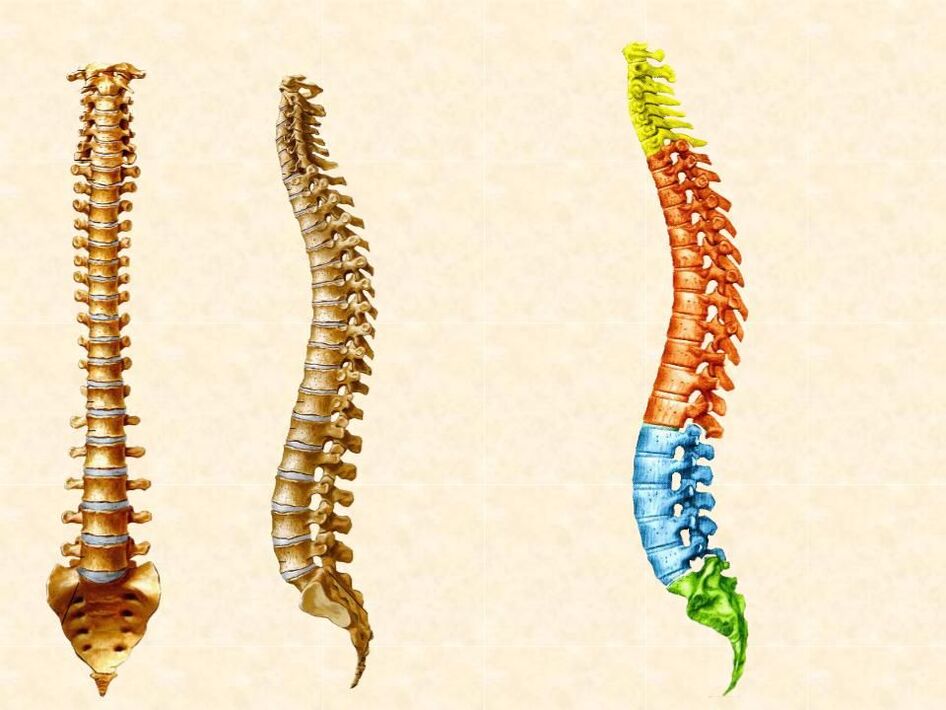
irritant reflex syndrome
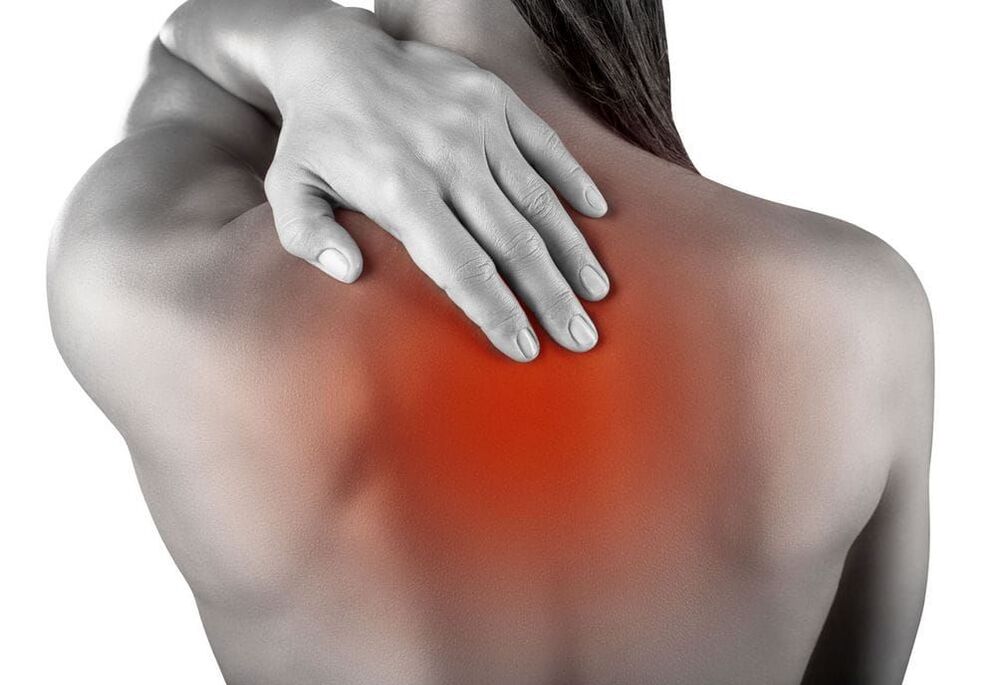
vertebral artery syndrome
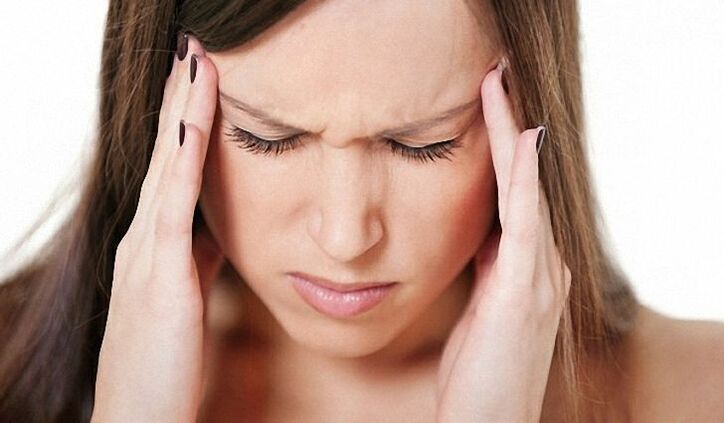
- Headache - spotting, throbbing or burning, diffuse;
- Positioning parts - above the eyebrows, temples, top of the head, and back of the head;
- The pain is constant but sometimes occurs in attacks;
- The severity of pain increases after first moving from a static position;
- People who are frail may experience nausea, impaired motor coordination, dizziness, and fainting;
- There may be decreased hearing and vision, "rabbit" phenomenon in the eyes, tinnitus, and snoring.
Please note! Often, the only symptoms of cervical osteochondrosis are pharyngeal symptoms. These include: pain, dryness, and/or difficulty swallowing. However, the cost of ignoring these symptoms can be huge. These symptoms are inherent to some inflammatory diseases that may develop into cancer.
cardiac syndrome
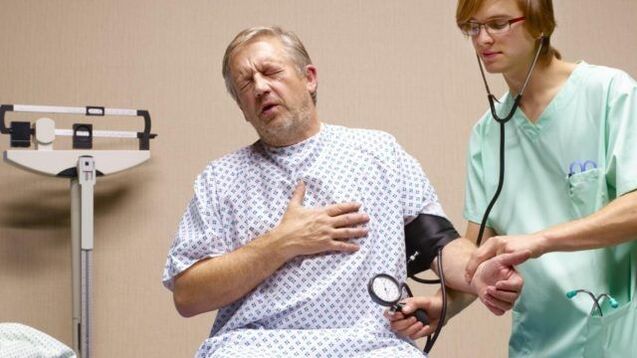
- increased heart rate;
- Attack or persistent pain in the heart is often mistaken for angina;
- Chest pain may worsen after sudden movement or heavy lifting.
for your information! There is another way to differentiate between a true angina attack and a painful coronary syndrome. With the latter, patients can walk quickly.
mild symptoms
nausea
suffocating feeling
feeling of tinnitus
- background hiss;
- Ringing, squeaking.
IMPORTANT: If a patient experiences these symptoms without consulting a doctor, hearing loss may occur over time.
Throat problems
- sore throatOccurs independently of food intake, and you can track the difference between the onset of symptoms and sudden movements of the head and neck.
- Feeling of foreign body in throatAppear and disappear.
- Some people complain of a scratchy and dry throat, a strong unpleasant feeling can arouse the patient's desire to cough. Coughing can cause an increasingly dry and itchy feeling. These symptoms are the result of damage to both nerve fibers and blood vessels.
IMPORTANT: Such symptoms can be observed in the development of inflammation and tumors in the cervical spine area.
vision problems

- A "veil" appears in the eyes;
- Decreased visual clarity and acuity;
- Black spots or rods appear;
- Difficulty focusing on specific topics.
loss of consciousness
Important: After losing consciousness, patients must consult a doctor for examination to prevent recurrence.

blood pressure problem

temperature fluctuations
Important: If any discomfort (even if not related to a spinal problem) prevents you from living a normal lifestyle, you should see a specialist as soon as possible to determine the cause of the problem.
disease risk
- Intervertebral hernia is considered the next stage in the development of osteochondrosis. It occurs without treatment. People who suffer from chronic neck or back pain without seeing a doctor get this diagnosis.
- Compression of the spinal processes can cause damage and result in radiculopathy. At the same time, growths and osteophytes can form on the vertebrae. All of these threaten the patient with a loss of mobility and sensitivity in the areas responsible for the affected nerve fibers.
- One of the most dangerous complications is vertebral artery syndrome with cervical osteochondrosis. This artery supplies important parts of the brain - the medulla oblongata and the cerebellum. When this blood vessel is compressed by osteochondrosis, ischemia can occur in the spinal cord and brain. This condition carries a risk of ending in a stroke.
- If the disease is left untreated for many years, the spinal cord itself, which is located inside the spine, can become damaged in the presence of vertebral deformities. The cost of lack of treatment is organ damage incompatible with life.
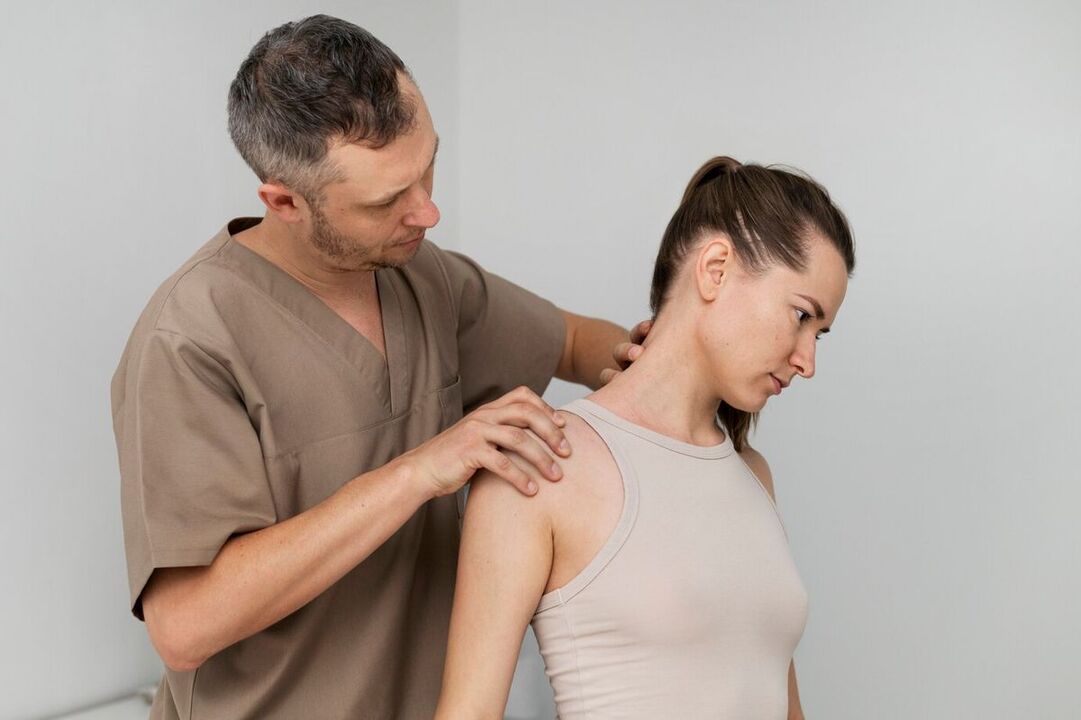
Treatment of cervical osteochondrosis
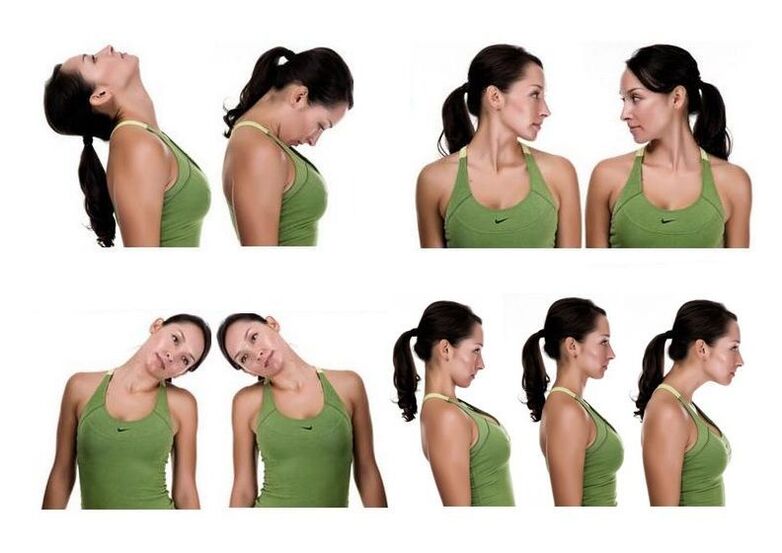
- jogging;
- perform any jumping movements;
- Strengthen the muscles of your shoulder girdle and neck with dynamic exercises, especially weight lifting or resistance exercises.
important! If cervical osteochondrosis worsens, suspend symptoms and physical exercise, self-massage, and physiotherapy treatments. Visits to a chiropractor are also prohibited during the acute phase. Rest and medical treatment with painkillers or NSAID tablets and ointments are required.
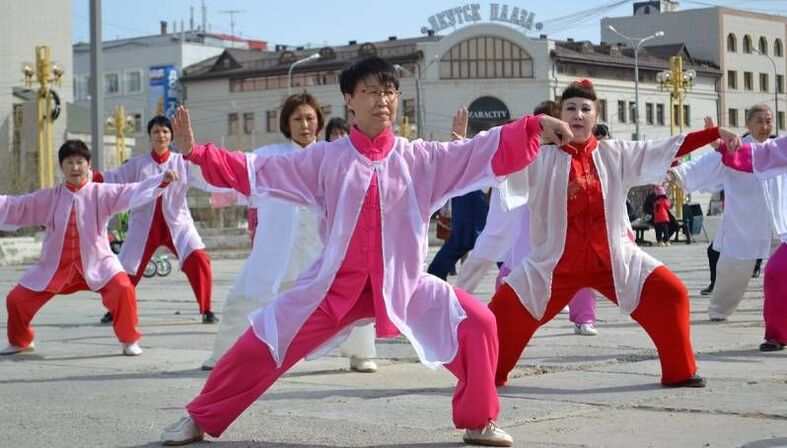
- dynamic and static yoga classes;
- Martial arts, Tai Chi, Qigong and gymnastics;
- Acupuncture and Su-Jok.






















